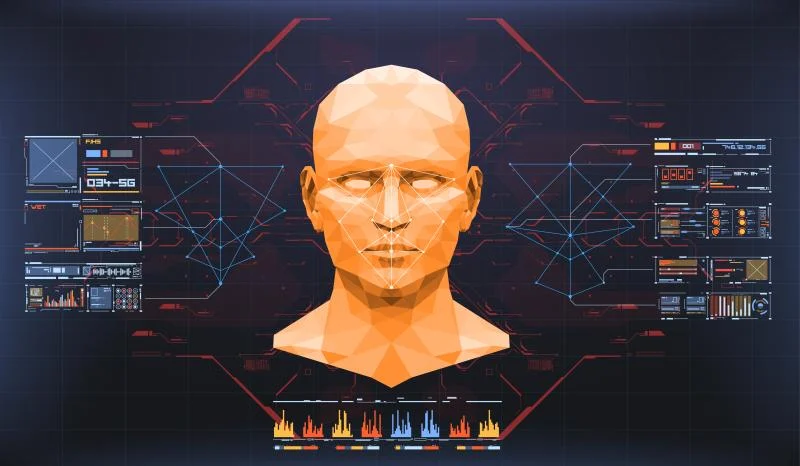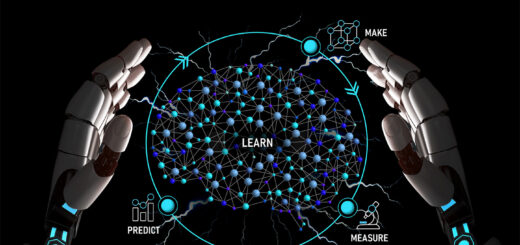A Breakthrough in AI-Powered Speech Synthesis

For years, artificial intelligence has played a role in speech synthesis, but despite advancements, most AI-generated voices still sounded robotic, lacked natural intonation, or struggled with emotional depth. That changed significantly in October 2022, when Google introduced a major update to its Text-to-Speech (TTS) AI models, incorporating deep learning techniques that dramatically improved speech naturalness and expressiveness.
This update was not just an incremental improvement—it represented a leap in how AI-generated voices could replicate human-like speech patterns, making them nearly indistinguishable from real human voices. For businesses, accessibility advocates, and content creators, this development opened new possibilities for AI-powered virtual assistants, automated customer support, and digital content production.
What Made This AI Speech Model Different?
Traditional text-to-speech models often suffered from monotony, unnatural pauses, and a lack of emotional expression. While earlier AI systems could read text aloud, they struggled to capture the nuances of human speech, such as emphasis, tone shifts, and conversational pacing.
With Google’s new model:
- Deep neural networks were trained to analyze vast amounts of natural speech patterns, allowing AI to predict how humans naturally emphasize and pace words.
- Expressive AI voices could now convey emotions such as excitement, disappointment, or urgency, improving engagement in applications like customer service, storytelling, and accessibility tools.
- Faster real-time voice generation allowed AI to adjust its tone and response dynamically, making interactions feel more fluid and responsive.
These improvements positioned AI-generated voices as viable alternatives for a wide range of real-world applications.
Real-World Applications of Enhanced AI Speech Synthesis
This breakthrough was particularly impactful for industries and sectors where natural-sounding AI voices could replace or augment human interaction, enhancing efficiency while maintaining quality.
1. AI-Powered Virtual Assistants and Customer Support
- Businesses integrated AI speech models into automated call centers, allowing virtual agents to sound more human and less robotic.
- Smart home devices, such as Google Assistant and other AI-powered systems, began offering more natural, context-aware conversations.
2. Audiobooks, Podcasts, and Content Creation
- Publishers used AI-generated voices to narrate audiobooks, reducing production costs while maintaining high-quality storytelling.
- AI speech synthesis enabled content creators to produce voice-over videos, podcasts, and interactive media without needing professional voice actors.
3. Accessibility and Assistive Technologies
- The update significantly improved screen readers for visually impaired users, making digital content easier to comprehend through natural, dynamic narration.
- AI-powered speech tools were used in education and language learning, helping students practice pronunciation and listening skills more effectively.
By making AI-generated voices virtually indistinguishable from human speakers, this advancement marked a shift in how businesses and individuals interacted with digital voice technology.
The Ethical and Technological Challenges
While the breakthrough was widely praised, it also raised concerns about the ethical implications of ultra-realistic AI-generated voices.
1. Misinformation and Deepfake Risks
- The ability to generate near-perfect human voices raised concerns about AI-driven misinformation, particularly in areas such as fake news, fraudulent robocalls, and voice impersonation scams.
- Tech companies began discussing ways to develop AI voice authentication tools to prevent misuse.
2. The Impact on the Voice Acting Industry
- Professional voice actors expressed concerns about job displacement, as businesses turned to AI-generated voices for marketing, narration, and entertainment.
- Some organizations explored ethical AI licensing agreements, ensuring that voice actors could collaborate with AI models rather than be replaced by them.
3. Bias and Representation in AI Voices
- Critics noted that many AI-generated voices still lacked diversity in accents, dialects, and cultural expressions, potentially reinforcing linguistic biases.
- Efforts were made to expand voice training datasets, ensuring that AI models could represent a wider range of languages, speech patterns, and emotional expressions.
These challenges underscored the need for responsible AI development while harnessing the potential of advanced speech synthesis.
What Comes Next for AI Speech Technology?
As AI speech models continue to evolve, new innovations are on the horizon:
- Interactive AI-powered voices that adapt dynamically to user engagement, making virtual assistants and customer interactions more natural.
- AI-driven real-time language translation, where synthesized voices can instantly convert speech between languages while maintaining original tone and emotion.
- Integration with AI-generated video avatars, enabling fully automated virtual presenters, customer service agents, and digital influencers.
The future of AI-powered speech synthesis will likely involve even greater realism, personalization, and adaptability, making these voices an essential part of everyday business and digital interactions.
A Transformative Moment for AI Speech Technology
The October 2022 update to Google’s AI speech synthesis models was a milestone in voice technology, pushing the boundaries of what was possible in human-like AI communication. With more expressive, adaptive, and engaging AI-generated voices, businesses, educators, and content creators gained access to a tool that could revolutionize digital interaction.
However, as AI-generated speech becomes indistinguishable from real human voices, industries must navigate the ethical and security risks that come with this advancement. Striking the right balance between innovation and responsible implementation will be crucial in ensuring that AI speech synthesis remains a force for positive change.




